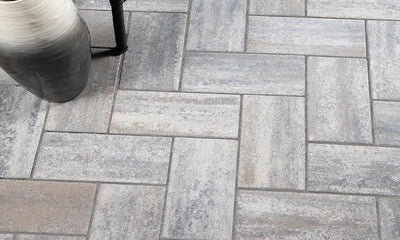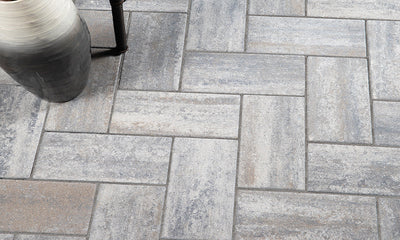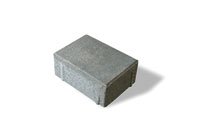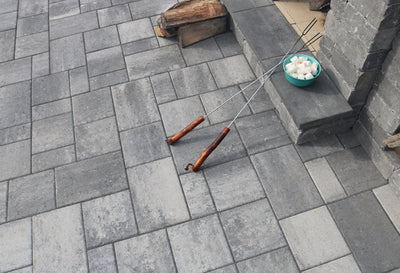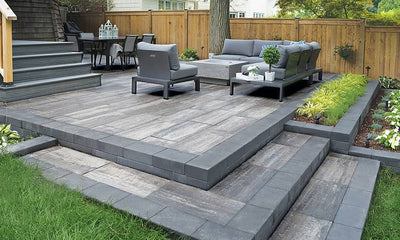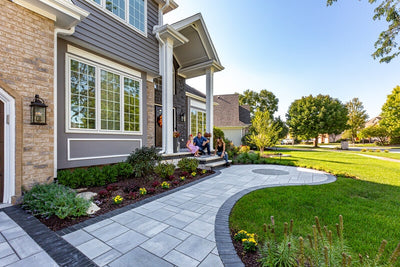
How to Prevent Water Damage in Your Hardscape Design
Jonathan Perrette
Hardscaping, whether it’s patios, walkways, retaining walls, or driveways, is a major investment that enhances both the beauty and functionality of your outdoor space. But without proper planning and installation, water can become your hardscape’s worst enemy. Poor drainage, erosion, and pooling water often lead to cracks, shifting pavers, and costly repairs down the road.
Here’s how to prevent water damage in your hardscape design so your outdoor space stays durable and beautiful for years to come.
1. Start With a Solid Base
A strong foundation is the most important step in preventing water damage. Skipping or rushing this stage can cause your pavers or stones to sink or shift over time.
-
Excavate properly: Remove enough soil so there’s room for base materials and good drainage.
-
Use crushed stone or gravel: A compacted base of angular stone provides stability and lets water drain through instead of pooling underneath.
-
Compact in layers: All of your base material layers should be well compacted so it does not settle later on.
2. Ensure Proper Drainage
Water always needs somewhere to go. If your hardscape traps water, it will eventually find its way into joints, under the base, or against your home’s foundation.
-
Slope surfaces correctly: Patios and walkways should slope slightly (about 1/8" per foot) away from the house or structures.
-
Install drainage solutions: French drains, channel drains, or perforated pipes can help redirect excess water.
-
Consider permeable pavers: These allow water to pass through the surface and absorb back into the ground naturally.

3. Protect Against Erosion
Rain and runoff can wash away soil and destabilize your hardscape if not controlled.
-
Add retaining walls: On sloped areas, retaining walls can keep soil in place and prevent washouts.
-
Use edge restraints: Paver edging helps lock materials in place and prevents spreading caused by water and soil movement.
-
Incorporate landscaping: Landscaping elements such as plants and mulch can absorb water and reduce damage around your hardscape.
4. Seal and Maintain Surfaces
Even the most water-resistant materials need some protection over time.
-
Seal pavers or stones: A quality sealer reduces water absorption, prevents staining, and protects against freeze-thaw damage.
-
Maintain joints: Reapply polymeric sand to joints if they start to wash out, this keeps weeds and water from seeping in.
-
Inspect regularly: Look for early signs of pooling, shifting, or erosion and address them before they become bigger problems.

5. Work with Professionals
DIY hardscaping projects are tempting, but drainage mistakes are easy to make and very expensive problems to fix. An experienced contractor will know how to install your hardscape so water flows where it should.
Final Thoughts
Water can make or break your hardscape design. By focusing on a solid base, smart drainage, erosion control, and ongoing maintenance, you can keep your outdoor space looking great and functioning properly for decades.
A well-designed hardscape doesn’t just resist water damage, it works with water in mind.
Contact us today to get started on your hardscape project.




